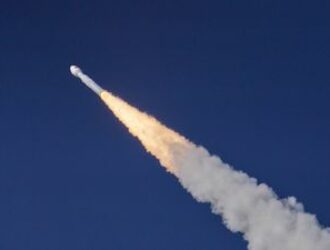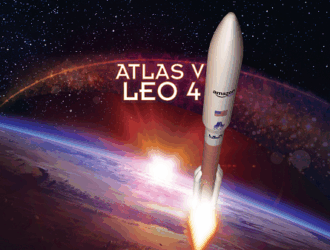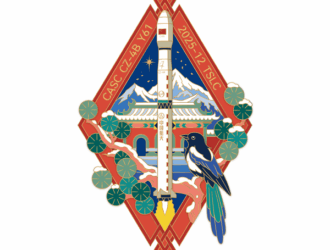
On January 1, 1925, thirty-five-year-old Edwin Hubble announced the observation that ultimately established that our universe was a thousand trillion times larger than previously believed, filled with myriad galaxies like our own. This discovery dramatically reshaped how humans understood their place in the cosmos, and once and for all laid to rest the idea that the Milky Way galaxy was alone in the universe. Six years later, continuing research by Hubble and others forced Albert Einstein to renounce his own cosmic model and finally accept the astonishing fact that the universe was not immobile but instead expanding.
The fascinating story of these interwoven discoveries includes battles of will, clever insights, and wrong turns made by the early investigators in this great twentieth-century pursuit. It is a story of science in the making that shows how these discoveries were not the work of a lone genius but the combined efforts of many talented scientists and researchers toiling away behind the scenes. The intriguing characters include Henrietta Leavitt, who discovered the means to measure the vast dimensions of the cosmos . . . Vesto Slipher, the first and unheralded discoverer of the universe’s expansion . . . Georges Lemaître, the Jesuit priest who correctly interpreted Einstein’s theories in relation to the universe . . . Milton Humason, who, with only an eighth-grade education, became a world-renowned expert on galaxy motions . . . and Harlow Shapley, Hubble’s nemesis, whose flawed vision of the universe delayed the discovery of its true nature and startling size for more than a decade.
Here is a watershed moment in the history of astronomy, brought about by the exceptional combination of human curiosity, intelligence, and enterprise, and vividly told by acclaimed science writer Marcia Bartusiak.



